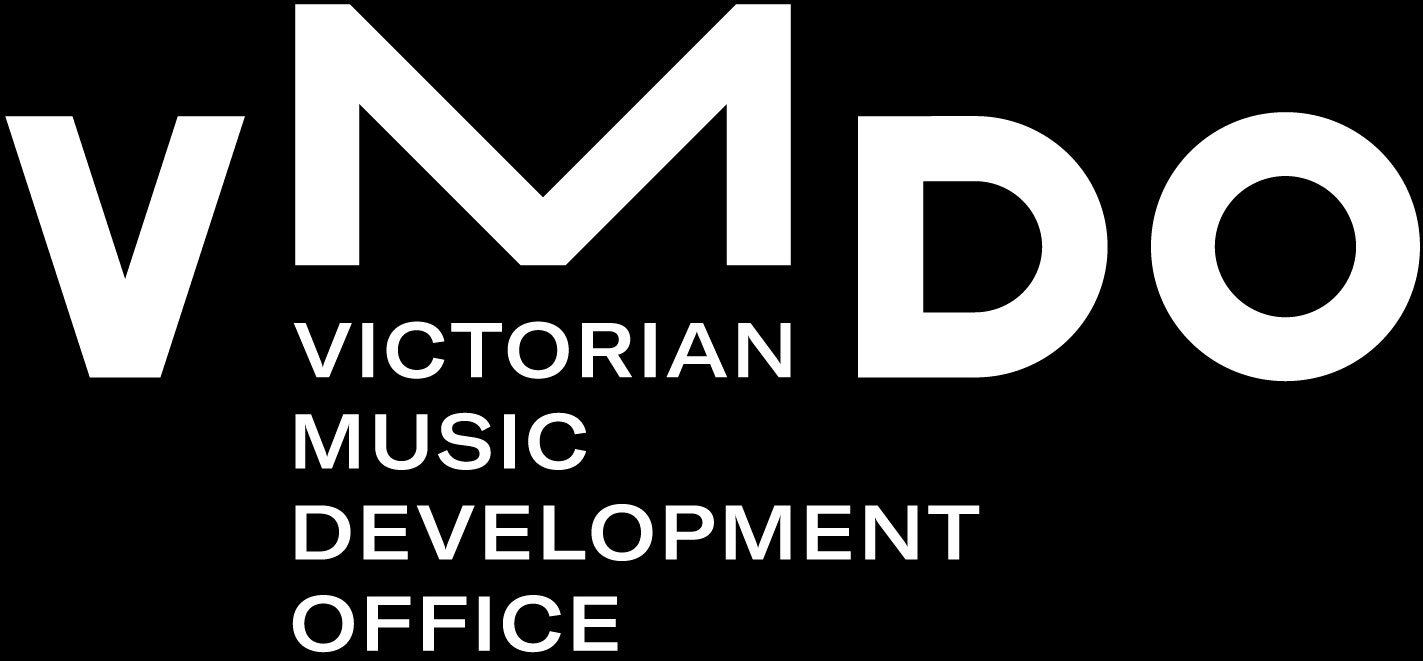NEIGHBOURING RIGHTS INFO SHEET
Published 7 November, 2025
You Know Your Neighbouring Rights, right?
If your answer sounds like, “I’ve heard of SoundExchange, LODs, or PPCA,” you’re not alone, but that probably means there’s still more to understand.
Neighbouring rights are often misunderstood and are frequently confused with publishing or streaming royalties. In reality, they form part of a distinct legal and income framework that varies from country to country.
Common Misunderstandings
Many performers assume organisations like PPCA (Australia) or SoundExchange (USA) manage neighbouring rights globally.
In fact, both operate in countries that do not have equitable remuneration, the legal right guaranteeing fair pay for performers when recordings are used publicly.
• SoundExchange (US) collects royalties from digital radio only. It does not cover traditional broadcast or public performance.
• PPCA (Australia) only pays featured Australian performers, and only for domestic use.
Because Australia does not have a legislated right to equitable remuneration, it has no reciprocal arrangements with most other territories. As a result, Australian performers do not receive royalties from abroad via PPCA and unclaimed income can revert to labels after 12 months.
How Territories Differ
Neighbouring rights are defined by national laws, and each country applies reciprocity differently.
The UK’s Approach
• The UK’s PPL stopped paying Australian performers in 2013 because Australia did not reciprocate payments.
• However, under a recent Trade Agreement, the UK has now reinstated payments to Australian performers.
• This decision was driven by the UK’s trade obligations, not by any legal change in Australia and importantly, the arrangement is one-sided.
• Australia still does not pay UK performers or any foreign performers.
The US Position
• The UK does not pay US performers, although it does pay US record labels.
• This reflects how the UK applies reciprocity: recognising the corporate rights of labels, but not the performer’s entitlement.
• The US is not a signatory to this trade agreement, so its performers remain excluded from UK payments.
The EU Variation
Some EU member states do pay US performers under domestic laws, even without full reciprocity.
This inconsistency highlights a key point: eligibility for neighbouring rights payments often depends less on where the music is played and more on citizenship, trade agreements, and legal reciprocity between nations.
Why This Matters
Neighbouring rights are a growing and significant income stream for performers and producers.
However, because international laws are inconsistent, many artists lose out on money they are legally entitled to.
Understanding where rights exist and how they are recognised is crucial to ensuring fair remuneration, especially for artists with recordings gaining traction across multiple countries.
What Neighbouring Rights Cover
Neighbouring rights concern the public performance, broadcast, or communication of a sound recording, separate from the copyright in the underlying composition.
They apply when recordings are played on:
• Radio or television
• In public venues, such as retail stores, gyms, restaurants, or nightclubs
They do not cover:
• Interactive streaming (Spotify, Apple Music)
• User-generated content platforms (YouTube)
The Two Sides of Music Copyright
1. Composition Rights – Cover the melody, lyrics, and underlying work (managed in Australia by APRA AMCOS).
2. Sound Recording Rights – Cover the recorded performance (the “master”). Neighbouring rights fall into this category.
How Neighbouring Rights Work
The owner of the master recording (typically a record label or licensor) controls the sound recording rights.
At the same time, featured performers such as vocalists, instrumentalists, conductors, or performing producers may also have a direct entitlement to a share of the income.
Typical Sources of Neighbouring Rights Income
• Public performance (e.g. retail, hospitality, nightlife)
• Radio broadcasts (AM/FM and online, excluding US terrestrial radio)
• Non-interactive digital services and simulcasts (in eligible territories)
Global Snapshot
Around 80 countries currently recognise and pay neighbouring rights (although only half of these are actually paying performers), generating an estimated US $2.7 billion annually. Each country’s approach depends on its legislation, collecting society framework, and increasingly trade agreements.
For artists achieving international airplay or broadcast exposure, understanding these systems and registering correctly is essential for accurate, fair collection.
Key Takeaway
Neighbouring rights are not harmonised globally, and assumptions about automatic coverage often lead to lost income.
Artists, managers, and rights holders need to understand how reciprocity and international agreements affect their payments.
Clear knowledge of these mechanisms ensures that performances are not just heard but also paid for.

